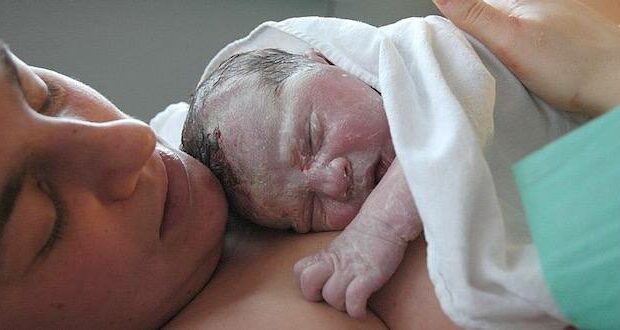A plummeting U.S. birthrate likely will make current economic problems even worse. Between 2007 and 2022, the birthrate fell by 22 percent, according to the Centers for Disease Control and Prevention. Not a single state reported an increase in birthrates, although some experienced a slower decline than others.
“The U.S. birthrate is steeply declining, mimicking the patterns of other developed nations worldwide, causing the global population to stop growing sometime this century,” demographic strategist Bradley Schurman says. “The U.S. and other developed nations dropped below the replacement rate in recent years, meaning we are not producing enough children to maintain the population, much less grow it. Today, three-quarters of U.S. counties and half of the states have deaths outpacing births.”
The effects will be far-reaching, said Senior Fellow Brad Wilcox of the Institute for Family Studies senior fellow Brad Wilcox.
“Below-replacement fertility means closing schools, shrinking college enrollments, fewer workers and consumers, and not enough taxes to pay for entitlements,” he said. “We’re already seeing low fertility fallout hitting schools and colleges. But it will have big consequences for the economy as well, given that there will be relatively fewer workers and consumers, and less entrepreneurial activity, as the population of young adults in America falls across much of the nation.”
Entrepreneur Elong Musk similarly warned in 2022 that “a collapsing birthrate is the biggest danger civilization faces by far. Far too many people are under the illusion that Earth is overpopulated, even though birthrate trends are so obviously headed to population collapse.”
Schurman said the U.S. population is expected to start falling in just a few decades.
“The U.S. population is generally projected to grow, albeit slowly, between 2023 and 2053, averaging 0.3 percent annually before the population plateaus and begins to decline,” he said. “However, this growth will be driven almost exclusively by immigration. The population shift will have a calamitous effect on the economy, evidenced by what’s happening in rural America today, which is already experiencing rapid population aging and decline. No country in the world has increased its birth rates, leaving little hope for the U.S. to do so.”
–Alan Goforth |Metro Voice
 Metro Voice News Celebrating Faith, Family & Community
Metro Voice News Celebrating Faith, Family & Community 







